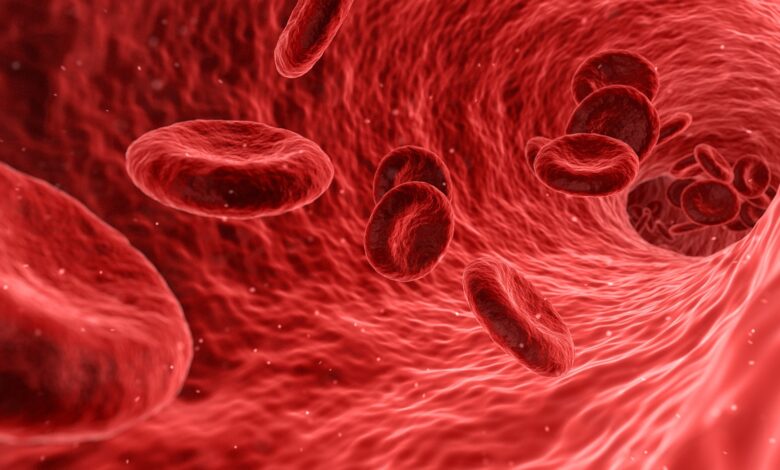
In conjunction with International Thalassemia Day on May 8, the Egyptian Ministry of Health announced that it has provided treatment and health counseling to 32,591 individuals diagnosed with Thalassemia (also known as Cooley’s anemia) through a presidential initiative for premarital testing.
According to a Facebook statement released by the ministry, the cases represented 1.9 percent of the total number of individuals screened under the initiative which reached 1.7 million young men and women.
What is Thalassemia?
The official spokesperson for the Ministry of Health and Population, Hossam Abdel Ghaffar, explained that Thalassemia is one of the most common genetic blood disorders in Egypt.
It is an inherited disorder of red blood cells that leads to a lower than normal level of hemoglobin and red blood cells. This condition is caused by a genetic mutation and is passed down from parents to children.
Abdel Ghaffar added that an individual may be infected with the disease and exhibit symptoms, or they may carry only one of the genes and not show any symptoms.
He highlighted the most prominent symptoms as signs of anemia including pale skin, general weakness, wasting, irregular heartbeat, delayed growth, and infertility.
Treatment options
He further explained that treatment depends on the type and severity of the disease and may include repeated blood transfusions, certain nutritional supplements, or stem cell transplantation.
Abdel Ghaffar emphasized that after the results of the premarital tests are obtained, if either the man or woman is found to have Thalassemia, a text message is sent to their mobile phone stating “Note: Some premarital test results require follow-up with a specialist doctor and referral to the nearest hematology clinic.”
Health awareness and counseling are provided to both parties without affecting their freedom of choice, educating them about the disease, how to prevent its complications, and informing them about the indicators of the potential risk of their children developing Thalassemia, he added.




